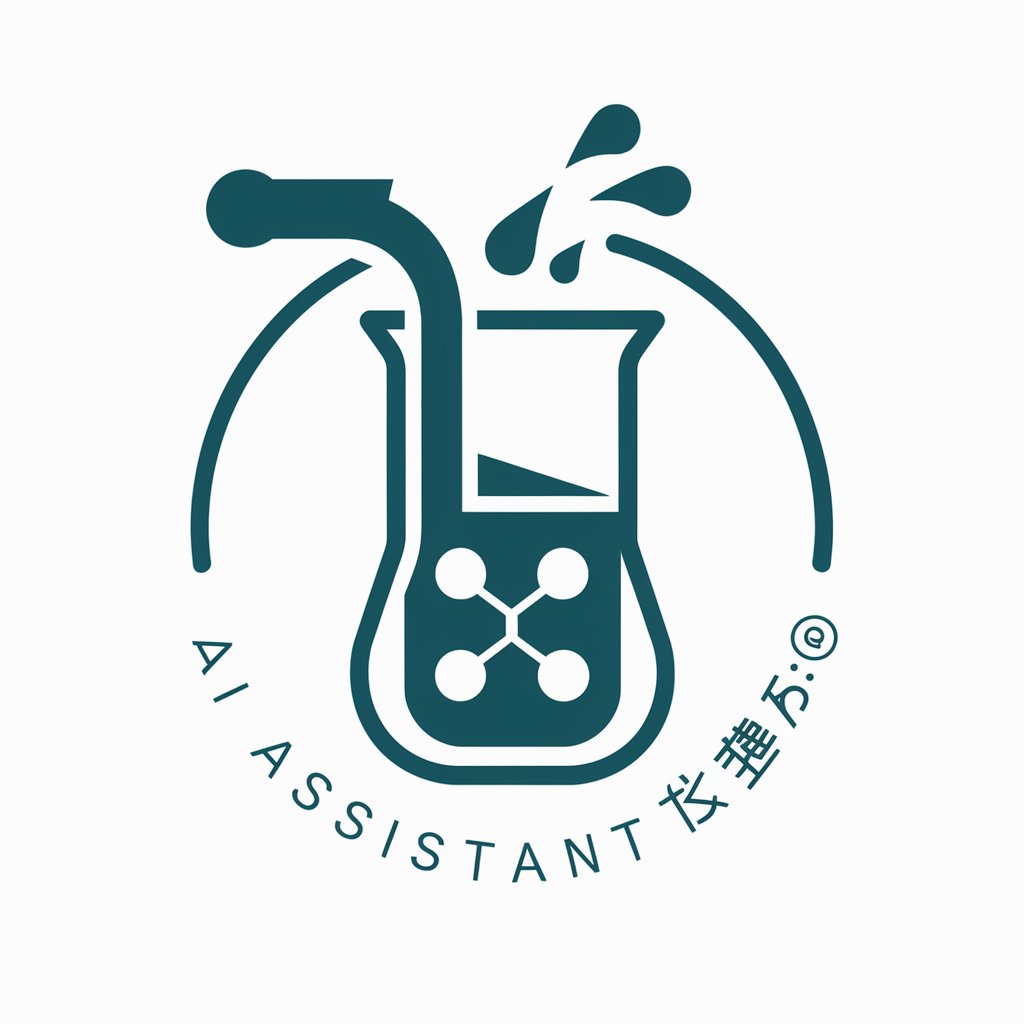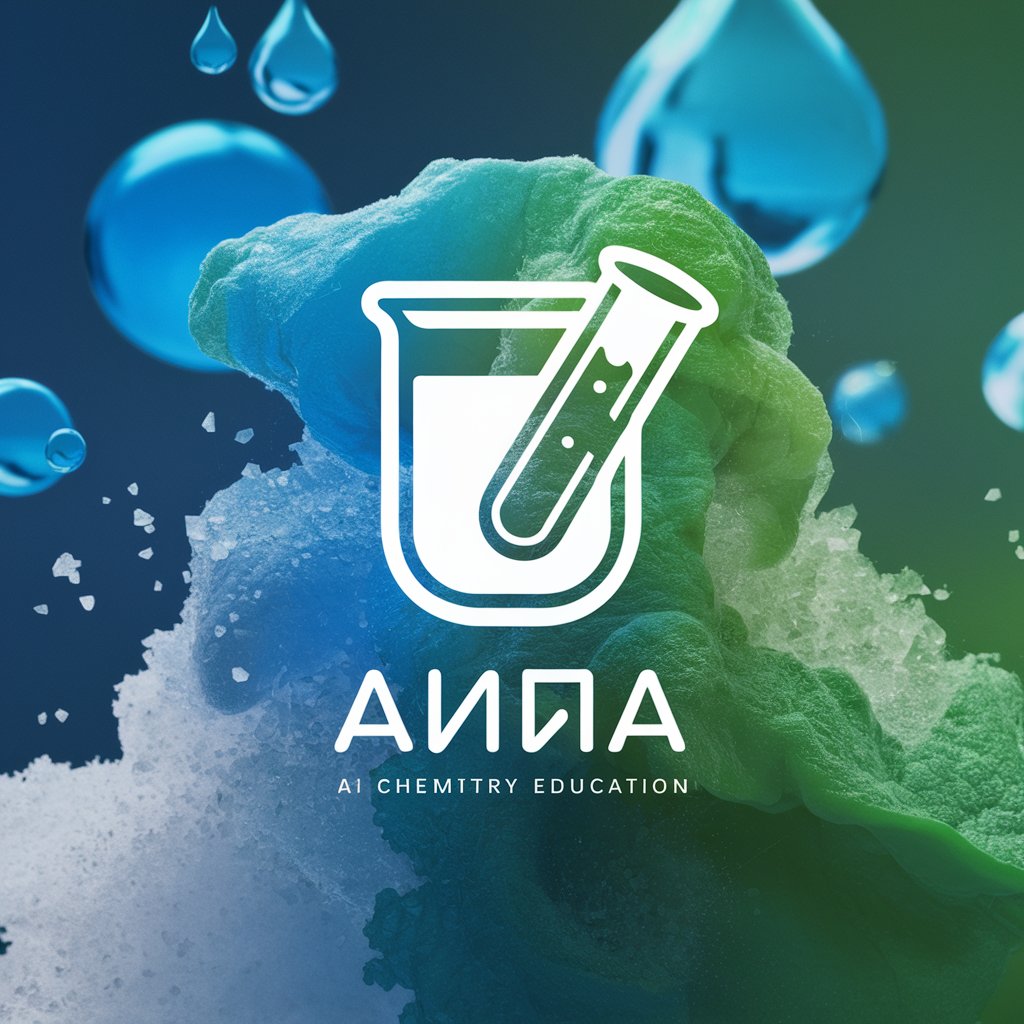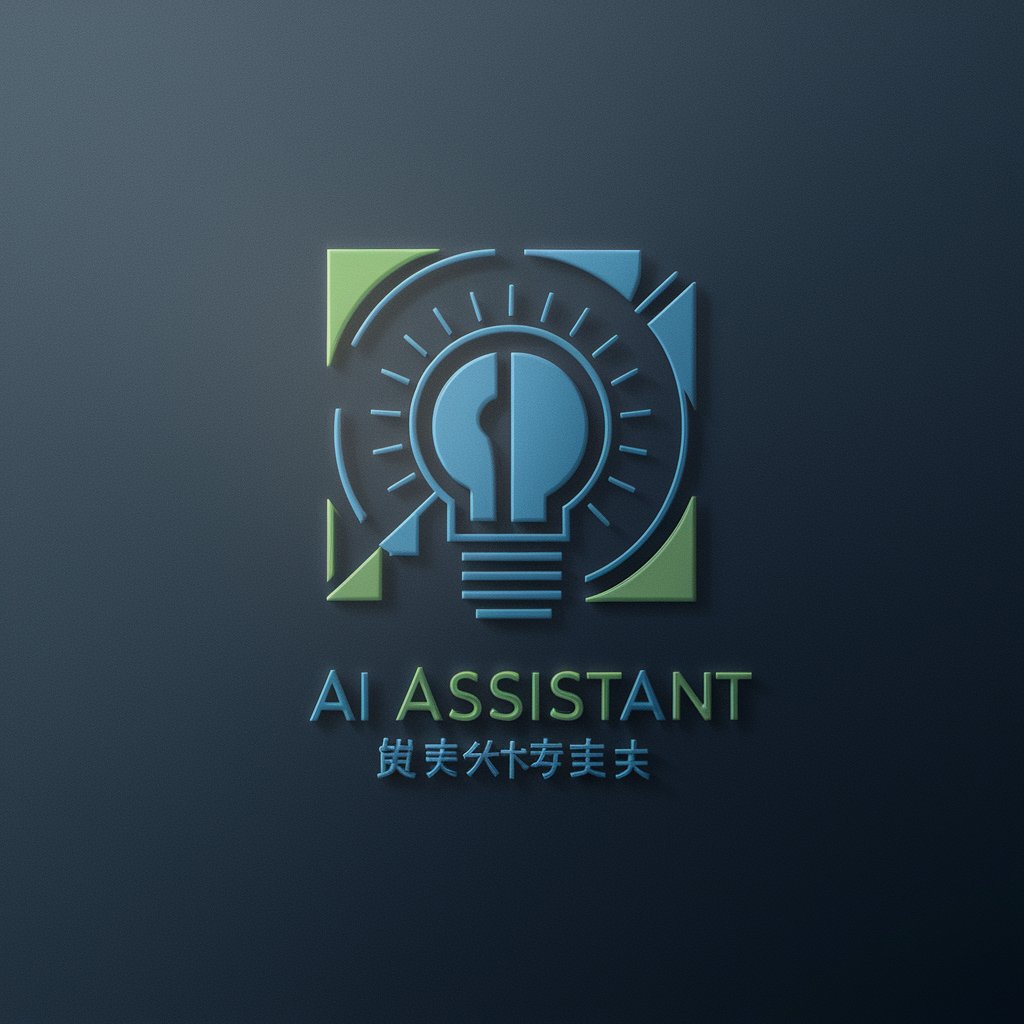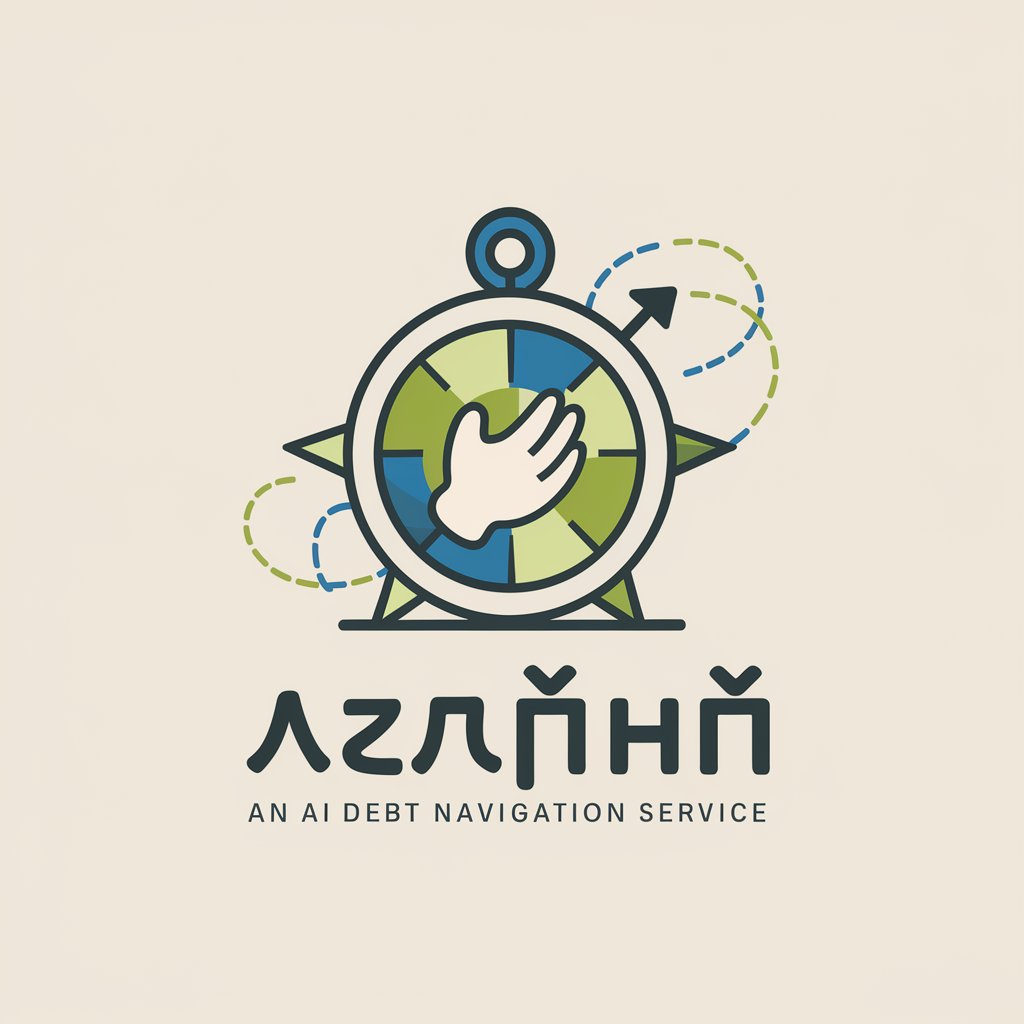國中理化水溶液濃度助教 - AI-driven Chemistry Physics Tutor

Welcome to your chemistry concentration guide!
Unlock chemistry and physics secrets with AI.
Explain the concept of weight percent concentration with an example.
Describe how to prepare a solution with a specific volume percent concentration.
What is the significance of saturation in solutions, and how is it determined?
How do you calculate the solubility of a substance in water at a given temperature?
Get Embed Code
Introduction to 國中理化水溶液濃度助教
國中理化水溶液濃度助教 is designed to assist middle school students with the concepts of concentration in solutions in their chemistry and physics courses. It provides explanations, calculations, and examples related to various aspects of solutions, such as solubility, types of solutions, and concentration measurement methods. This tool is particularly useful in illustrating how different substances dissolve in solvents, the concept of saturated and unsaturated solutions, and the different ways to express concentrations like weight percentage, volume percentage, and parts per million. Powered by ChatGPT-4o。

Main Functions of 國中理化水溶液濃度助教
Explaining Concepts
Example
Describes the process of dissolving, like how sugar or salt dissolves in water, forming a solution.
Scenario
When a student encounters the concept of dissolution and concentration for the first time, the tool provides clear explanations and examples, such as dissolving brown sugar in water to make a sugar solution.
Teaching Concentration Measurement
Example
Explains different concentration measurements: weight percentage, volume percentage, and parts per million.
Scenario
Helps students understand and calculate the concentration of a solution in their homework or experiments, such as determining the weight percentage of salt in a saltwater solution.
Illustrating Saturated and Unsaturated Solutions
Example
Describes the conditions under which a solution becomes saturated or remains unsaturated.
Scenario
Assists in lab experiments where students need to determine if a solution is saturated by adding a solute to a solvent until no more dissolves.
Ideal Users of 國中理化水溶液濃度助教 Services
Middle School Students
Students who are learning basic chemistry concepts and need assistance understanding and applying concepts related to solutions and their concentrations.
Teachers
Chemistry or science teachers looking for resources to explain solution concentration concepts more vividly and engagingly in their classrooms.
Parents
Parents who wish to help their children with chemistry homework or foster their interest in science by conducting simple experiments at home.

How to Use 國中理化水溶液濃度助教
1
Start with a hassle-free trial by visiting yeschat.ai, where you can explore its features without needing to sign up or subscribe to ChatGPT Plus.
2
Choose the specific chemistry or physics solution concentration topic you need assistance with from the available categories.
3
Input your question or problem related to solution concentrations, such as solubility, percentage concentration, or saturation points.
4
Review the generated explanations, calculations, or step-by-step guides to understand the concept or solve your problem.
5
Utilize the tips and additional resources provided for further learning or clarification on solution concentrations.
Try other advanced and practical GPTs
國中自然水溶液濃度助教
Master Solution Concentrations with AI

文蔽大師 英雄
Empowering Communication Across Cultures with AI

LubriQuest
Empowering Insights with AI

プロジェクト ナビゲーター
AI-powered Project Management Guidance

圆滑处事
Empowering decision-making with AI

小林美香 - 日本語-スペイン語通訳者
Bridging Languages, Connecting Cultures

借口生成器
Crafting believable excuses with AI

借金ナビゲーター
Navigate your debt with AI precision.

AI Jack
Strategic insights powered by AI, inspired by Jack Ma.

职场人际关系大师
AI-Powered Workplace Relationship Mastery

奢侈品行業分析1.1
AI-powered Luxury Market Analysis

瓦力
Transforming ideas into visuals with AI.

Detailed Q&A about 國中理化水溶液濃度助教
What is 國中理化水溶液濃度助教?
It's an AI-powered assistant designed to help junior high students and educators understand and solve problems related to the concentration of solutions in chemistry and physics.
Can it help with homework?
Yes, it can assist students in completing their homework by providing detailed explanations and solving problems related to solution concentrations.
Does it cover all types of solution concentrations?
It covers a wide range of topics, including solubility, percentage concentration (weight and volume percent), parts per million (ppm), and the concept of saturated and unsaturated solutions.
How accurate are the answers provided?
The assistant aims to provide highly accurate and reliable answers, drawing from a comprehensive database of chemistry and physics knowledge.
Can it generate quizzes for study purposes?
While its primary function is to provide explanations and solve problems, users can frame their inquiries in a way that allows the creation of practice questions or quizzes for self-assessment.
